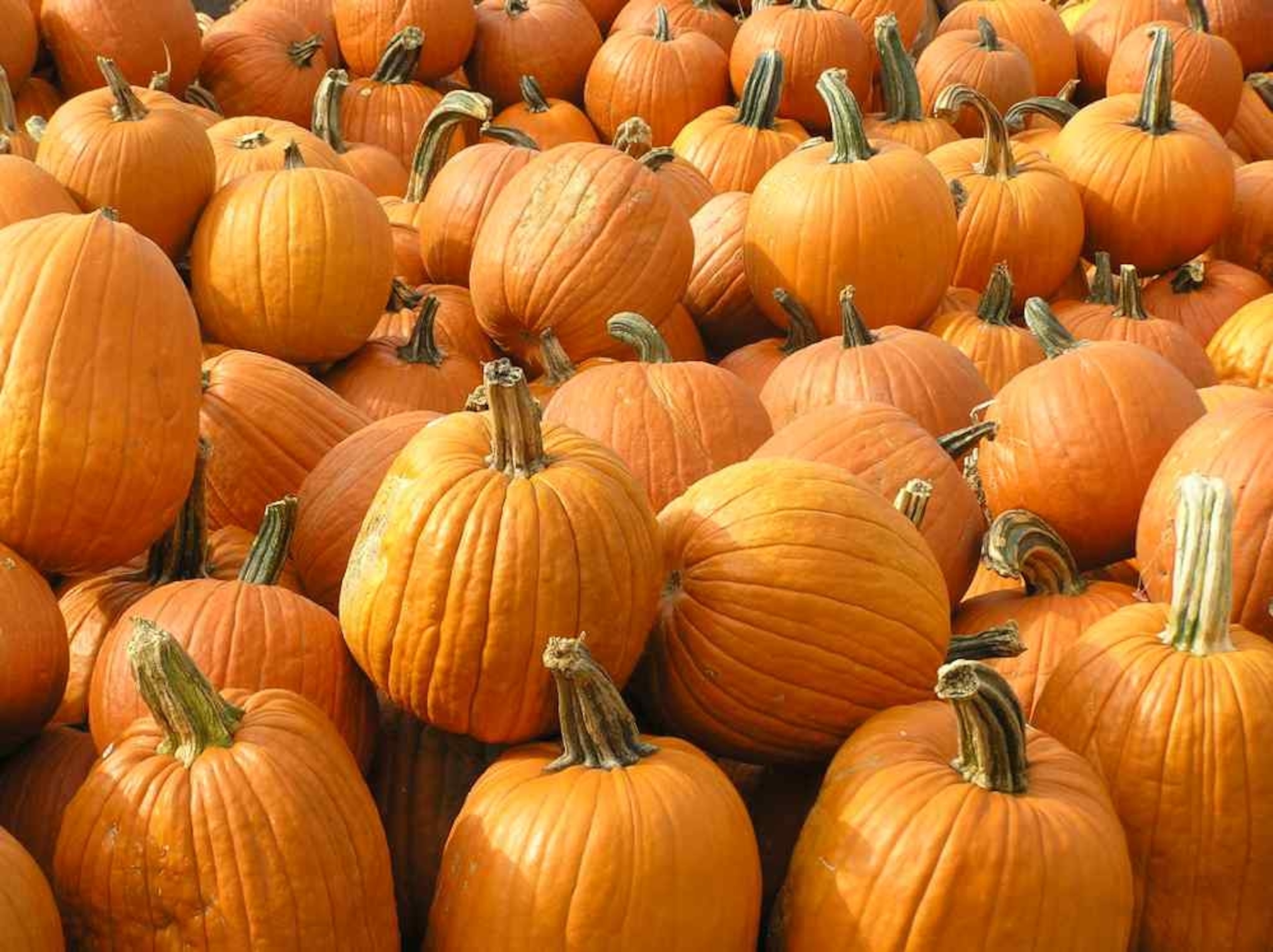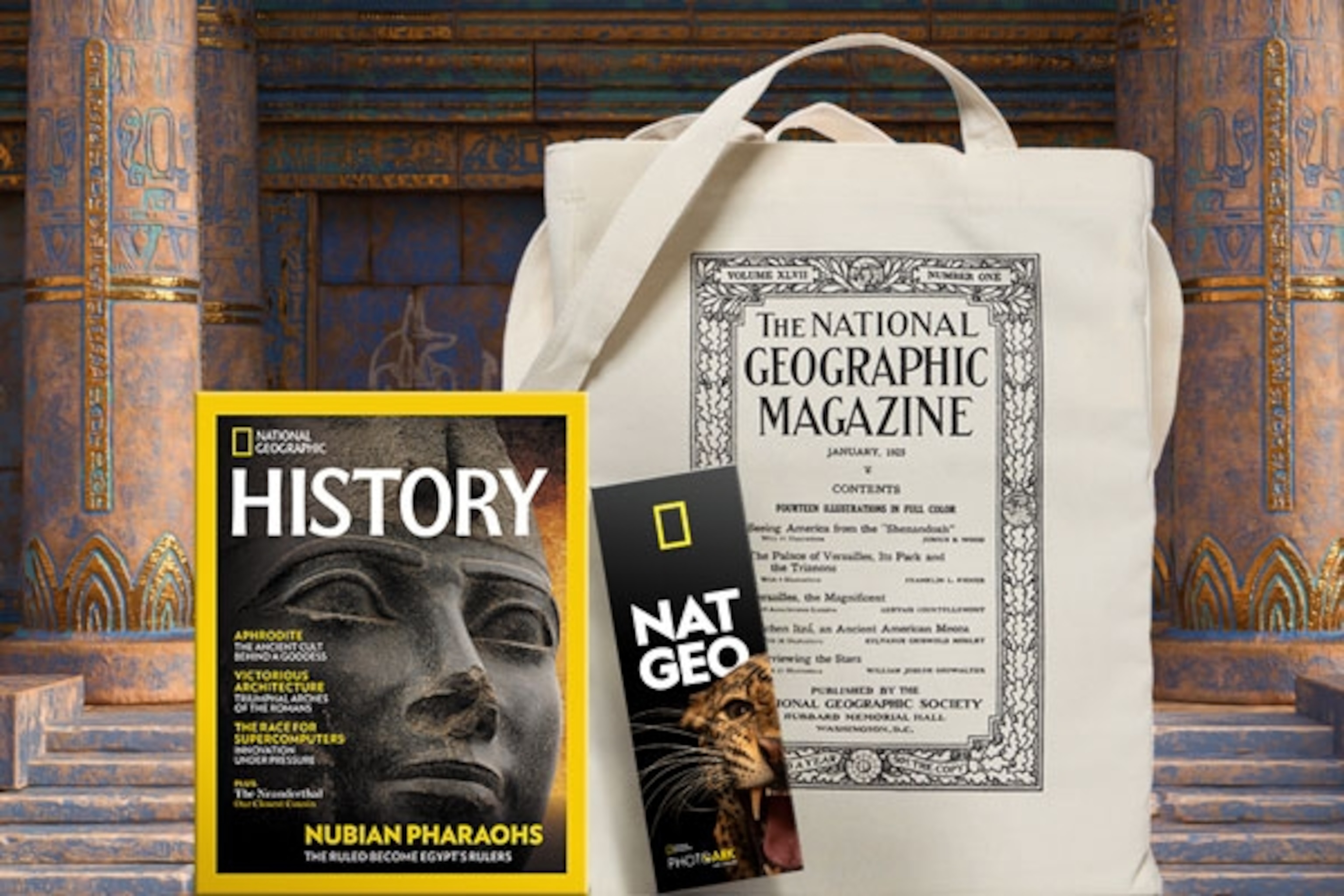
Why Pumpkins And Squashes Aren’t Extinct
The pumpkin shouldn’t exist. Nor should squashes, gourds, and courgettes. These common dinner-table vegetables are all part of a group of plants called Cucurbita, whose wild ancestors were deeply bitter and encased in tough rinds. They depended on large animals like mammoths to break them apart and disperse their seeds. And when these megabeasts went extinct, the squashes should have followed them.
Logan Kistler from Pennsylvania State University thinks that they almost did. Their populations started to decline and fragment. They avoided extinction only by forming a new partnership with the only remaining animal with the right qualities to spread their seeds—us.
When humans domesticated squashes, we inadvertently bred them to be bigger, easier to infiltrate, and much tastier. The wild counterparts are very different, Kistler says. “They’re about a fifth of the size, and with very tough, hard rinds. Cutting them open is quite a task. And they’re extremely bitter. Unpalatably nasty. If you’ve ever grown a garden and had a cucumber that’s a little off and unbelievably bitter, that’s because of the compounds found in the wild counterparts.”
The taste comes from defensive chemicals called cucurbitacins, which are lethal to small mammals that might be tempted to eat the fruits. They’re even strong enough to sicken or kill any sheep or cow desperate enough to have a go. With few exceptions, only the largest of mammals can eat these plants, because their bulky bodies are better able to tolerate or metabolise the poisons. Elephants do so today. And we know their counterparts did so in the past because scientists have found squash seeds in fossilised, 30,000-year-old mastodon dung.
This is all tied into a popular idea, proposed in 1981 by Daniel Janzen and Paul Martin, that the seeds of many New World fruits used to be dispersed by now-extinct megabeasts. These plants, including avocados and chocolate, are “evolutionary anachronisms“, clinging to existence in a world that’s bereft of their ancient partners.
When Kistler heard about the squash seeds in mastodon dung, he wondered if these plants are also ghosts of evolution. To find out, he collected samples of squashes from archaeological sites and compared their DNA to that of modern plants, both wild and domestic.
He found that people domesticated different squash lineages on at least three separate occasions throughout the Americas, starting around 10,000 years ago. Some groups, including the pepo subspecies that includes courgettes and pumpkins, seemingly went extinct in the wild. Others, like the fraterna subspecies, still exist in the wild but only in restricted regions. And yet others, including three wild species, are so similar that they probably represent a single population that only recently split apart.
All of these patterns suggest that the ranges of wild squashes have shrunk, fragmented, and sometimes disappeared over the last ten thousand years, ever since the last giant mammals kicked the dust. Partly, that’s because these animals grazed, browsed, trampled, uprooted, and reshaped the surrounding vegetation, created a diverse mosaic of niches where weedy plants like squashes could thrive. When the megabeasts disappeared, the Americas became more uniform, and the squashes were squashed out.
They also had a tougher time spreading their seeds. Their old dispersers were gone and the most likely substitutes were small rodents with diverse diets, who could have chiselled through the fruits and carried the seeds to pastures new. But Kistler found that these same animals are the most likely to be put off by the squashes’ bitter tastes. Compared to larger animals like elephants or rhinos, he found that smaller ones like mice and shrews have far more TAS2R genes, which allow them to taste bitter compounds.
That makes sense: little, unfussy eaters would encounter a wide range of toxic chemicals in their food, and be more susceptible to them. It pays for them to detect as many such substances as possible. But it’s bad news for the beleaguered squashes.
Humans can’t stomach cucurbitacins either. People who’ve been unfortunate enough to swallow high levels of these chemicals have come down with a severe diarrhoeal illness called Toxic Squash Syndrome. But perhaps some ancient hunter-gatherers became skilled at finding individual squashes that produced low or tolerable levels. After eating such plants, they would have pooped the seeds out, inadvertently sowing the land with more palatable strains.
The details of this process are unknown, but the results are clear: Squashes found salvation through domestication. “They formed a symbiotic relationship with humans, who acted as substitute dispersers and provided a growth habitat,” says Kistler. “They also became more palatable, and their rinds became softer.” According to this view, domestication wasn’t something that happened to the squashes, but a process that they were active parts of. It’s not a case of humans exerting our dominion over nature, but of nature exploiting us in return.
